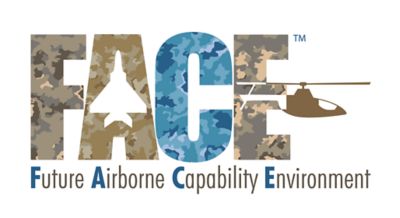What is FACE?
Future Airborne Capabilities Environment (FACE) represents a modular open-architecture approach for the development and verification of avionics software, and meant to promote increased competition, drive down supplier costs, reduce integration risks, and accelerate software modernization efforts. This approach is enabled by a Technical Standard and Business Guide to support Modular Open Systems Approach technical and business objectives and is managed by the FACE Opengroup Consortium. The FACE Opengroup Consortium consists of Government, Industry, and Academia, and the FACE Technical Standard has become increasingly adopted in many new defense acquisition programs.





